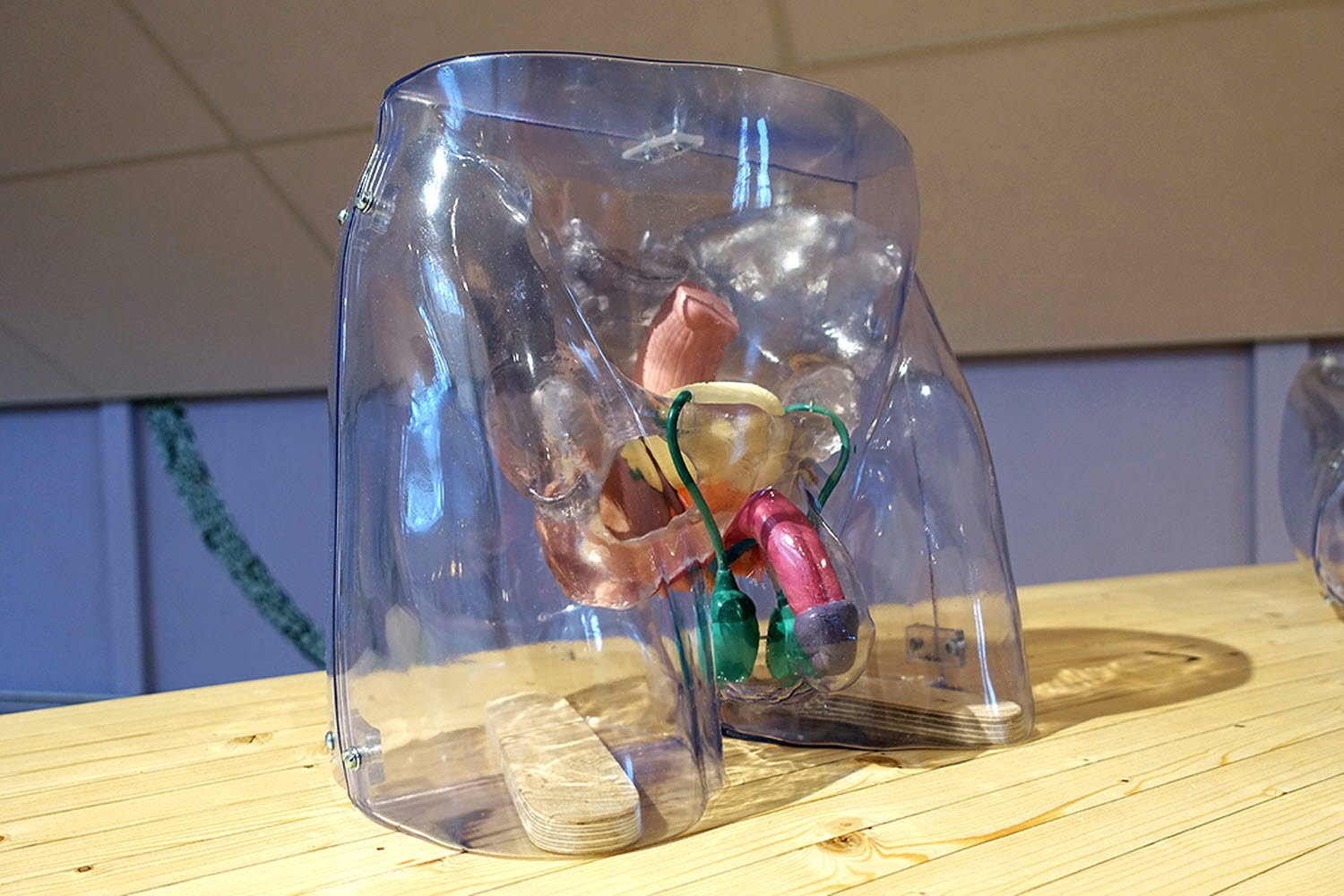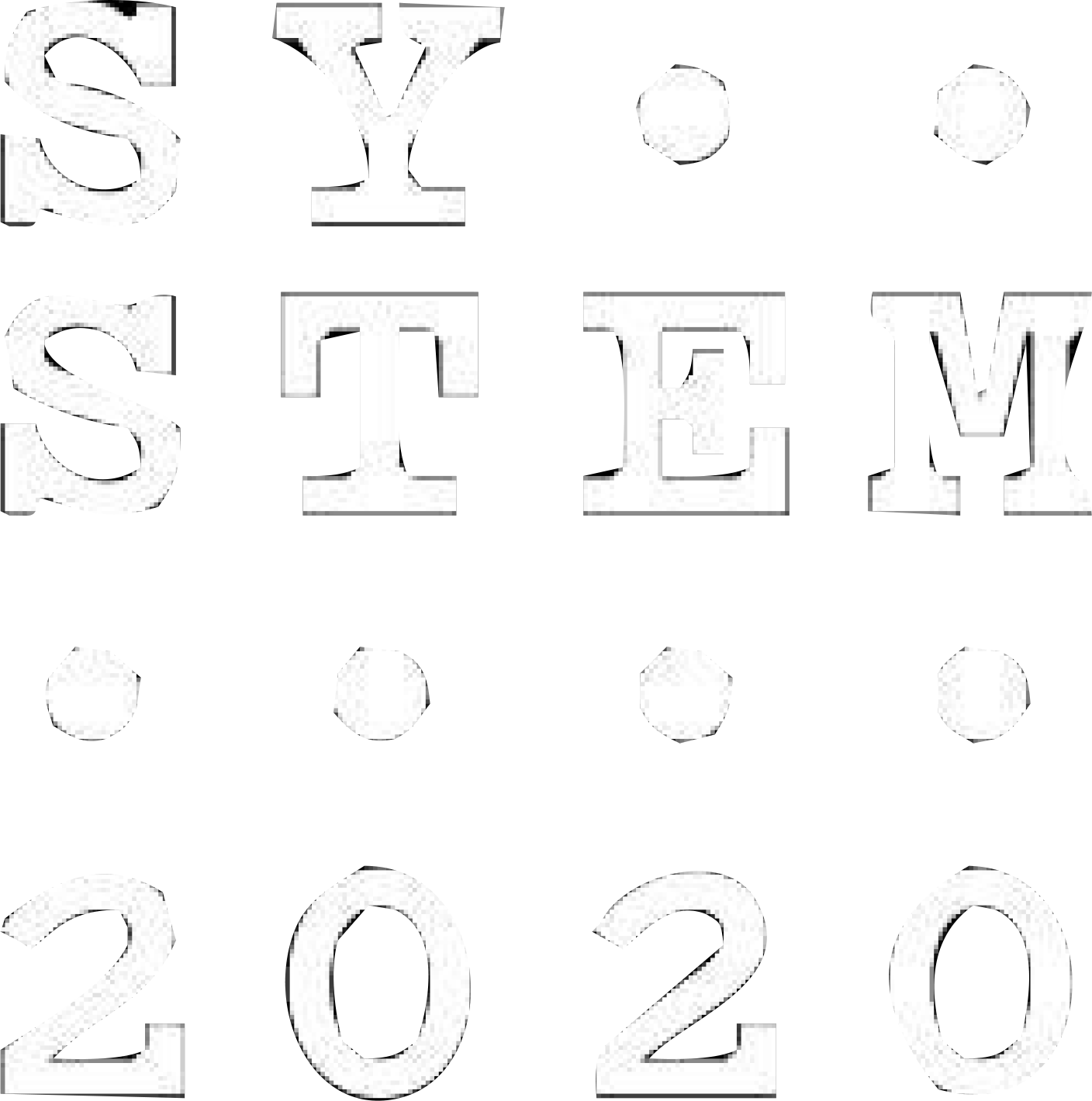
Genitals XY
What happens to the penis when a man is sexually aroused, and how many sperms are there in a teaspoon of sperm?
The male outer genitals consist of the penis, glans, foreskin and testicles. The inner genitals consist of seminal vesicles, prostate, testicles and the sperm duct system (vas deferens and epididymis).
The model’s parts have different colours to make it easier to tell them apart:
- Green: The main reproductive organs are shown in green. These are the testicles, a small tube called the epididymis, urethra and sperm duct (vas deferens) and the Cowper’s gland.
- Yellow, orange, pink and blue: The organs that are generally not involved in reproduction. These are the bladder, the prostate gland, the glans and the muscles that cause erections and are in the urethra.
Certain parts of male and female genitalia have the same function – to increase arousal. For example, the glans of a penis can be compared to the female clitoris as both swell and become extra sensitive to touch.
Male genitals are designed so they can fertilise eggs in the woman’s body. When sexually stimulated, the erectile tissue fills with blood so the penis becomes hard, which makes it easier to insert into the woman’s vagina. An erect (hard) penis is around 60 percent bigger than when it is flaccid (soft).
When a man ejaculates, sperm squirts into the vagina. A man ejaculates about a teaspoon of semen or slightly more. The semen contains around 100 million sperm per millilitre. Semen is produced in a man’s testicles that hang outside of the body in the scrotum. The scrotum can shrink (contract) if it is too cold, and expand if it is too warm. This helps regulate the temperature of the sperm, making them more resilient.
Here, you can learn about the female genitals.









